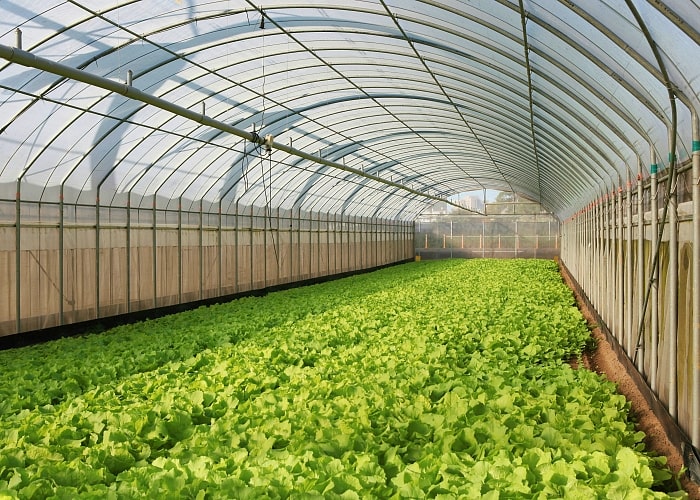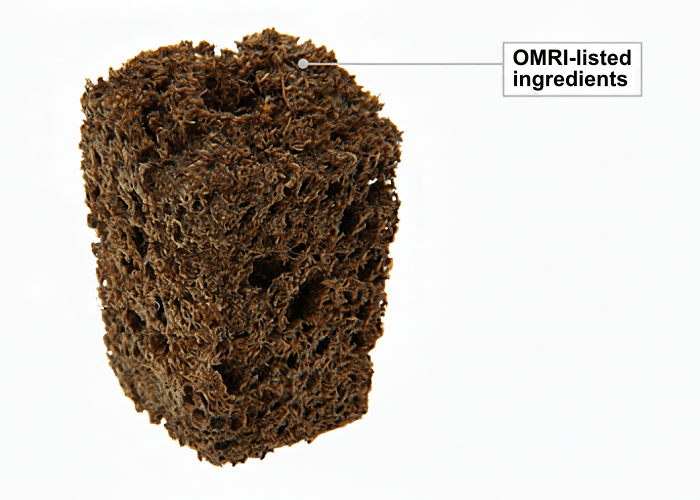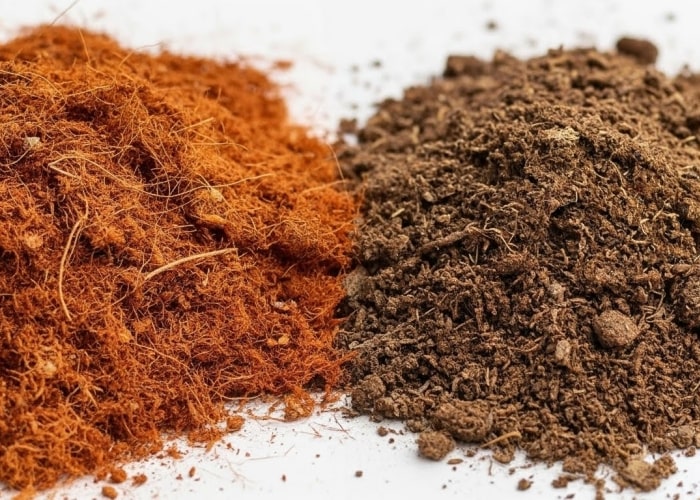Achieving optimal plant growth requires more than just sunlight and water — it’s about creating the right environment in the root zone. One of the most crucial environmental factors to manage is pH, which highly influences plant nutrient availability.
Whether you’re a hobby grower, a nursery owner, or managing an indoor hydroponics operation, using IHORT’s Q and Excel Plugs makes managing pH and nutrient availability easier, helping to foster healthy, thriving plants.
What is pH?
A pH value measures a substance’s acidity or alkalinity. It represents the hydrogen ions (H⁺) concentration and is expressed on a scale from 0 to 14.
- pH below 7: Acidic conditions due to a higher concentration of H⁺
- pH of 7: Neutral conditions due to a balanced concentration of H⁺ and OH–
- pH above 7: Alkaline conditions due to a higher concentration of OH⁻
The pH affects plant growth because it impacts nutrient availability in the root zone, determining a plant’s ability to absorb essential nutrients.
It is essential that the pH in your growing system—whether growing in soil or using a soilless setup with Q or Excel Plugs—stays within an optimal range for the best plant growth. This range varies slightly depending on your growing system and the type of plants, but it is typically slightly acidic to neutral.
How pH Affects Nutrient Availability
For growth, plants require nutrients such as nitrogen (N), phosphorus (P), potassium (K), and trace elements such as iron, zinc, and manganese. The pH in the root zone influences how available these essential nutrients are to the plants.
When the pH is outside the optimal range, nutrients in the root zone can become unavailable for plant uptake or highly available, depending on the nutrient and the pH conditions. When nutrients are unavailable, this can lead to nutrient deficiencies, resulting in stunted growth, yellowing leaves, and poor crop yields. When nutrients become highly available, this can cause toxic conditions, damage the plants, and reduce yields.
The tricky part is that nutrient availability doesn’t follow the same pattern for all essential nutrients.
- At low pH values (acidic conditions), nutrients like phosphorus and calcium may become less available for plant uptake. Nutrients like iron, manganese, copper, and zinc become more available and can cause plant toxicity.
- At high pH values (alkaline conditions), potassium, calcium, and magnesium become highly available and can cause toxicity problems. Micronutrients like iron, copper, zinc, and manganese become unavailable.
Considering this, keeping pH values within an optimal range where deficiencies and toxicities are minimal is vital for healthy, high-yielding plant growth.
Managing pH and Nutrient Availability with IHORT Products
One of the challenges with growing systems is maintaining pH within a specified range once you dial your system in and initially hit those optional numbers. However, using Q or Excel Plugs can help stabilize your pH, preventing it from moving out of range.
IHORT’s bonded plugs are crafted with a precisely controlled growing media composition, ensuring a consistent substrate mix that optimizes nutrient management and pH balance. This is largely due to the Cation Exchange Capacity (CEC) of the materials used.
CEC refers to the ability of soil or growing medium to hold and exchange positively charged ions, known as cations. It is a critical factor in determining fertility and nutrient availability for plants, as it influences how well essential nutrients are retained and supplied to plants over time.
Growing substrates with a high CEC can hold a larger quantity of cations, preventing them from being easily leached away by water. This helps keep plant essential nutrients in the root zone, ensuring they remain accessible to plants when needed.
Additionally, high CEC soils and growing substrates provide a strong buffering capacity, making them more resistant to sudden changes in pH and nutrient availability. This helps protect plants from nutrient imbalances and pH fluctuations, which can otherwise lead to deficiencies or toxicities.
The primary components in IHORT’s products, coconut shells, and peat, have excellent CEC properties:
- Coconut shells typically have a CEC ranging from 40 to 100 milliequivalents per 100 grams (meq/100g), depending on factors like processing and fiber content.
- Peat generally has a higher CEC, ranging from 100 to 200 meq/100g, depending on its type and stage of decomposition.
A higher CEC means the Q and Excel Plug have better nutrient retention. They can hold onto positively charged nutrients, known as cations (like calcium, magnesium, and potassium), making them available for plant uptake over time. When nutrients are bound to the growing media components, it helps reduce the frequency of nutrient leaching, a common issue in both soil and hydroponic systems.
Coconut shells and peat also ensure balanced nutrient release. While nutrients are held on cation exchange sites, they are gradually released into the solution, providing a steady supply to plant roots. This slow, controlled release helps buffer nutrient availability, reducing the risk of deficiencies from sudden nutrient depletion.
Furthermore, the high CEC in the Q Plug and Excel Plug helps buffer pH fluctuations in the root zone by moderating the release and absorption of hydrogen ions (H⁺). This buffering effect keeps the pH stable, even in the face of external influences such as fertilization, water pH, or organic matter decomposition. Maintaining a stable pH ensures consistent nutrient availability and fosters optimal plant growth.
In short, the high CEC of IHORT’s plugs supports both nutrient retention and pH stability, offering growers the ideal environment for robust and healthy growth.
Our Promise to You
At IHORT, we believe every grower deserves access to the finest products and services, no matter the size or scale of their operation. Our commitment is to provide innovative solutions, expert guidance, and exceptional customer support.
Whether you choose the Q Plug or Excel Plug for your growing needs, you can trust that your plants are in the ideal environment for robust and healthy root development.
We’re here to support your growth. Contact us today and discover how our products can help you achieve your greatest growing potential.



